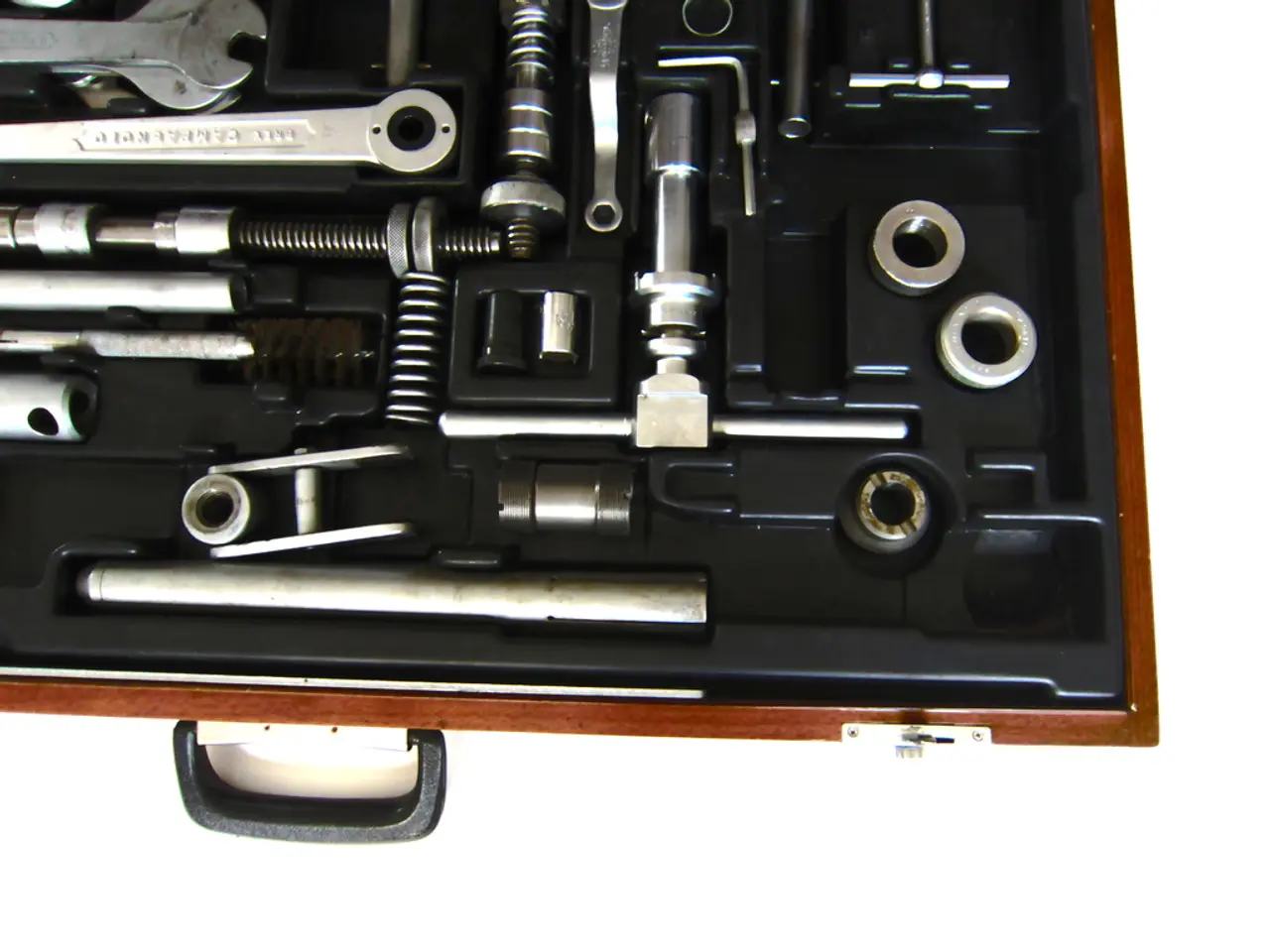Top 10 Science and Industry Museums: Engaging History Lessons Through Pioneering Advancements
Science and industrial museums are more than just repositories of historical artifacts. They are living laboratories where innovation meets education, and the past shapes our future, inspiring tomorrow's innovators while honoring yesterday's achievements.
These museums continuously evolve to meet the needs of modern learners through interactive exhibits, advanced AI integration, and a commitment to preservation. Take, for instance, the London Science Museum with its 7 floors of exhibits featuring 300,000+ objects across its Making the Modern World and Information Age galleries.
Advanced AI integration transforms modern science museums through personalized digital guides, interactive simulations, holographic displays, real-time data visualization, and experimentation opportunities. The Smithsonian National Air and Space Museum in Washington, D.C., for example, boasts 23 galleries spanning 161,145 square feet of exhibition space.
Environmental consciousness shapes future museum operations through energy-efficient LED lighting systems, water recycling systems, biodegradable materials, zero-waste educational programs, and renewable energy demonstrations.
Some of the top science and industrial museums worldwide, such as the National Museum of Science and Technology Leonardo da Vinci in Milan, the Museum of Science (MoS) in Boston, the National Science and Media Museum in Bradford, UK, Ciudad de las Artes y las Ciencias in Valencia, Spain, and Camera Obscura and World of Illusions in Edinburgh, Scotland, stand out for their combination of historical artifacts, cutting-edge interactive technology, and educational focus.
The Museum of Science in Boston is particularly notable for its large-scale electrical science demonstrations and its comprehensive coverage of both natural and applied sciences, including equity initiatives highlighting diverse scientists. Milan’s National Museum of Science and Technology offers a strong historic and technological narrative with important artifacts like telescopes and space exploration items. The National Science and Media Museum in the UK focuses on sound and vision technologies, employing digital interactivity designed with input from youth and disabled communities.
As these museums grow, they are embracing the digital age. Virtual visitors, AI-powered exhibits, digital collections, remote learning programs, and research collaborations are becoming increasingly common. Digital networks enable museums to connect with international institutions, stream live demonstrations, share research data, facilitate remote access to collections, host virtual conferences, establish maker spaces, create research partnerships, operate specialized laboratories, develop citizen science programs, and support STEM startups.
Preservation efforts are also evolving. Archival systems include temperature-controlled storage facilities, acid-free storage materials, digital backup systems, specialized handling protocols, and regular condition assessments. Modern preservation incorporates advanced digital technologies such as 3D laser scanning, photogrammetry, HD photography, and digital cataloging. Industrial heritage preservation centers maintain over 15,000 artifacts annually, using climate-controlled environments, protective coatings, 3D scanning, and specialized cleaning methods for conservation.
These museums are more than just institutions; they are vibrant centres of learning, innovation, and conservation. Their blend of historical artifacts, cutting-edge technology, and educational focus makes them invaluable resources for anyone seeking to understand the past, present, and future of science and industry.
[1] Source [2] Source [3] Source [4] Source
- Science and industrial museums, such as the London Science Museum, the Smithsonian National Air and Space Museum, and the Museum of Science in Boston, are transforming through the integration of advanced AI, offering personalized digital guides, interactive simulations, and holographic displays.
- These museums, including the National Museum of Science and Technology in Milan and the National Science and Media Museum in the UK, are embracing digital age, providing virtual visitors, remote learning programs, and digital collections.
- Environmental consciousness is shaping museum operations, as seen in energy-efficient lighting systems, water recycling systems, and zero-waste educational programs, like those at top museums worldwide.
- Preservation efforts are evolving in these museums, using advanced digital technologies such as 3D laser scanning, photogrammetry, and digital cataloging, as well as traditional methods like climate-controlled storage and specialized cleaning.




